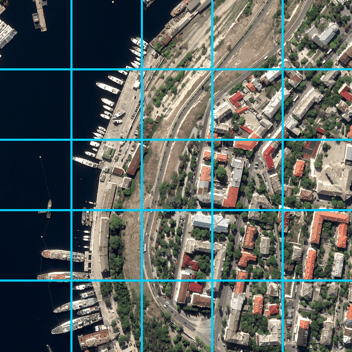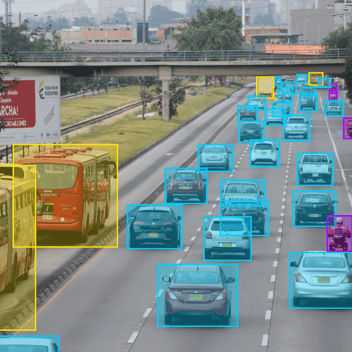Revitalizing the Korean Geoinformatics Industry with AI.

The spatial information industry is a dynamic realm centered around surveying, an essential practice for shaping our modern landscape. Today, I wanted to talk about the current state of the industry, examining its strengths, limitations, and the innovative spirit that drives us forward.
It's no secret that the majority of domestic spatial information startups find themselves facing financial challenges. While the historical players in Korea's spatial information landscape have valuations ranging from 500 billion won to 10 billion won, many of these entities grapple with traditional surveying models and are gradually embracing the potential of AI.
Technology development has been an elusive goal for numerous industry players. The shortage of AI and software specialists contributes to this struggle. Machine learning, a discipline that even computer science majors find intricate, poses unique challenges. Not every computer science graduate ventures into machine learning engineering, and those who do often find themselves in the research sector, leaving industries like ours with a skills gap.
Ten years ago, machine learning wasn't the buzzword it is today. The surge in AI's popularity coincided with the resurgence of artificial neural network theory. These shifts in trends greatly influence the career choices of undergraduate and graduate students, contributing to the lack of innovative dynamism in our field.
Software engineers are increasingly drawn to high-paying tech giants and burgeoning sectors like autonomous driving and E-Commerce. The spatial information industry struggles to capture the imagination of these budding talents, resulting in sluggish software innovation.
Image data within the remote sensing domain presents its own set of challenges—large capacities and resolutions demand specialized data processing expertise. It's evident that advancing AI for spatial information image analysis necessitates a fusion of AI and adept handling of large-volume file processing.
Navigating the intricacies of both AI and large-scale data processing is an uphill battle for many computer science graduates. Consequently, Korea has yet to make significant strides in this sector. But we stand resilient, acknowledging the market's hurdles while embracing the latent potential of our industry.
As we face inquiries from venture capitalists and stakeholders, we are resolute in our commitment to genuine innovation. We aren't merely duplicating open-source models; we're crafting software solutions that transcend imitation. Developing robust software takes time and dedication, but it's this dedication that propels us forward.
Internationally, the software technology landscape within the remote sensing and geospatial industry remains slow to evolve. Yet, we're determined to change that narrative. We recognize our strengths in engineering and software development, and we're propelled by a philosophy that emphasizes user-friendliness and efficiency.
Creating a single software solution is no small feat—it requires time, resources, and relentless dedication. But we're excited about the prospects of collaborating with fellow spatial information companies. Our journey is fueled by the hope and optimism of those who dare to take on challenges, ensuring that our industry's future shines brighter than ever before.
Let's embark on this transformation together, where innovation knows no bounds and progress is our guiding star.





